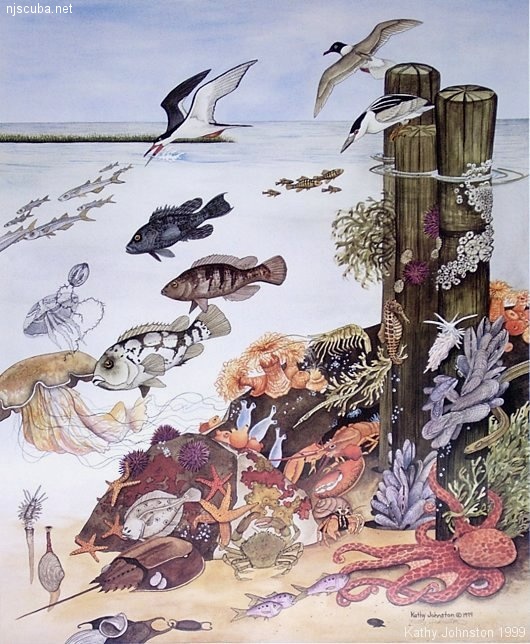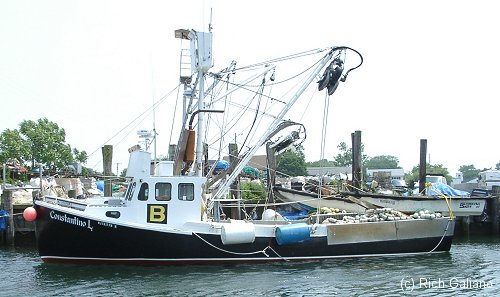Marine Biology Contents
- Biology Contents ...
- Oceanography ...
- Marine Fishes ...
- Marine Shellfish ...
- Marine Invertebrates ...
- Higher Animals ...
- Freshwater ...
- Aquarium Guide ...
- Marine Biology Contents
- Oceanography
- Marine Fishes
- Marine Shellfish
- Marine Invertebrates
- Higher Animals
- Freshwater
- Aquarium Guide


